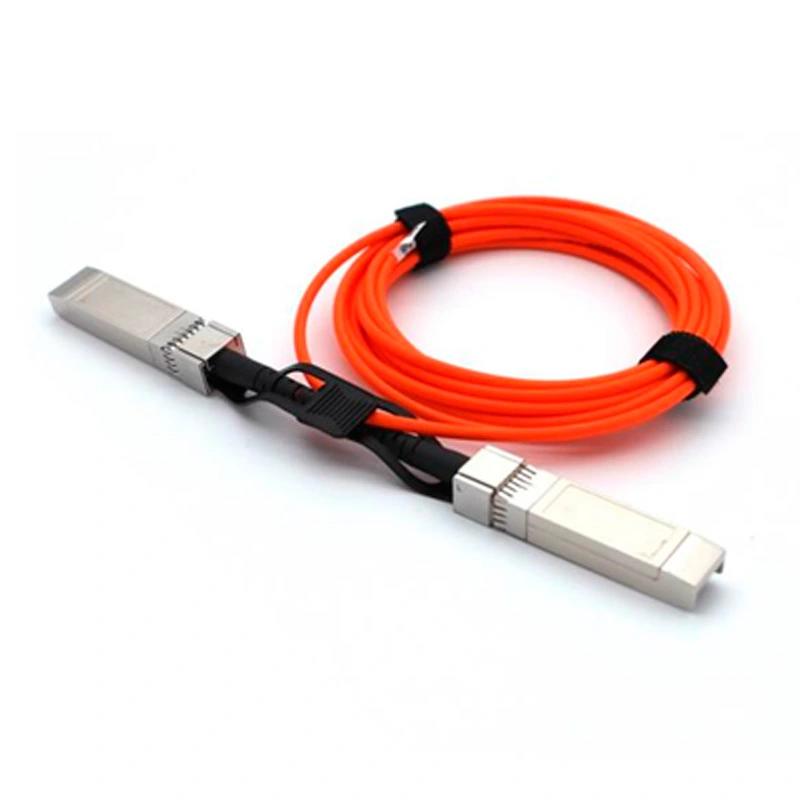25G SFP Optical Transceivers

Описание на продукта
Fibridge’s sfp 25g aoc Optical Transceivers – the pinnacle of high-speed connectivity. Engineered for superior performance, our transceivers deliver lightning-fast data transfer rates, ensuring seamless communication and enhanced network efficiency. Perfect for data centers, enterprise networks, and telecom applications, Fibridge’s 25g sfp module offer unparalleled reliability and compatibility. Experience the future of networking with cutting-edge technology that bridges the gap between speed and stability. Choose Fibridge for your optical transceiver needs and elevate your network to new heights. Fibridge – Connecting Tomorrow, Today.
What Are The Key Features Of 25G SFP Optical Transceivers?
High Data Rate: Supports up to 25 Gbps, making it suitable for high-bandwidth applications.
Hot-Pluggable: Allows for easy installation and replacement without shutting down the network.
Compatibility: Works with SFP28 ports and is backward compatible with SFP+ ports.
Variety of Reach Options: Available in different types such as SR (Short Reach), LR (Long Reach), and ER (Extended Reach) to support various distances.
Low Power Consumption: Designed to be energy-efficient, reducing operational costs.
Digital Diagnostics Monitoring (DDM): Provides real-time monitoring of parameters like temperature, voltage, and optical power.
How Do I Choose the Right 25G SFP Optical Transceiver for My Needs?
Choosing the right 25 gig SFP Optical Transceiver depends on several factors:
Distance Requirements: Determine the distance between the devices you need to connect. SR transceivers are suitable for short distances (up to 100 meters), while LR and ER transceivers are designed for longer distances (up to 10 km and beyond).
Compatibility: Ensure the transceiver is compatible with your existing network equipment and SFP28 ports.
Wavelength: Different transceivers operate at different wavelengths (850 nm for SR, 1310 nm for LR, etc.), so choose one that matches your network requirements.
Budget: Consider the cost of the transceiver and balance it with your performance needs and budget constraints.

